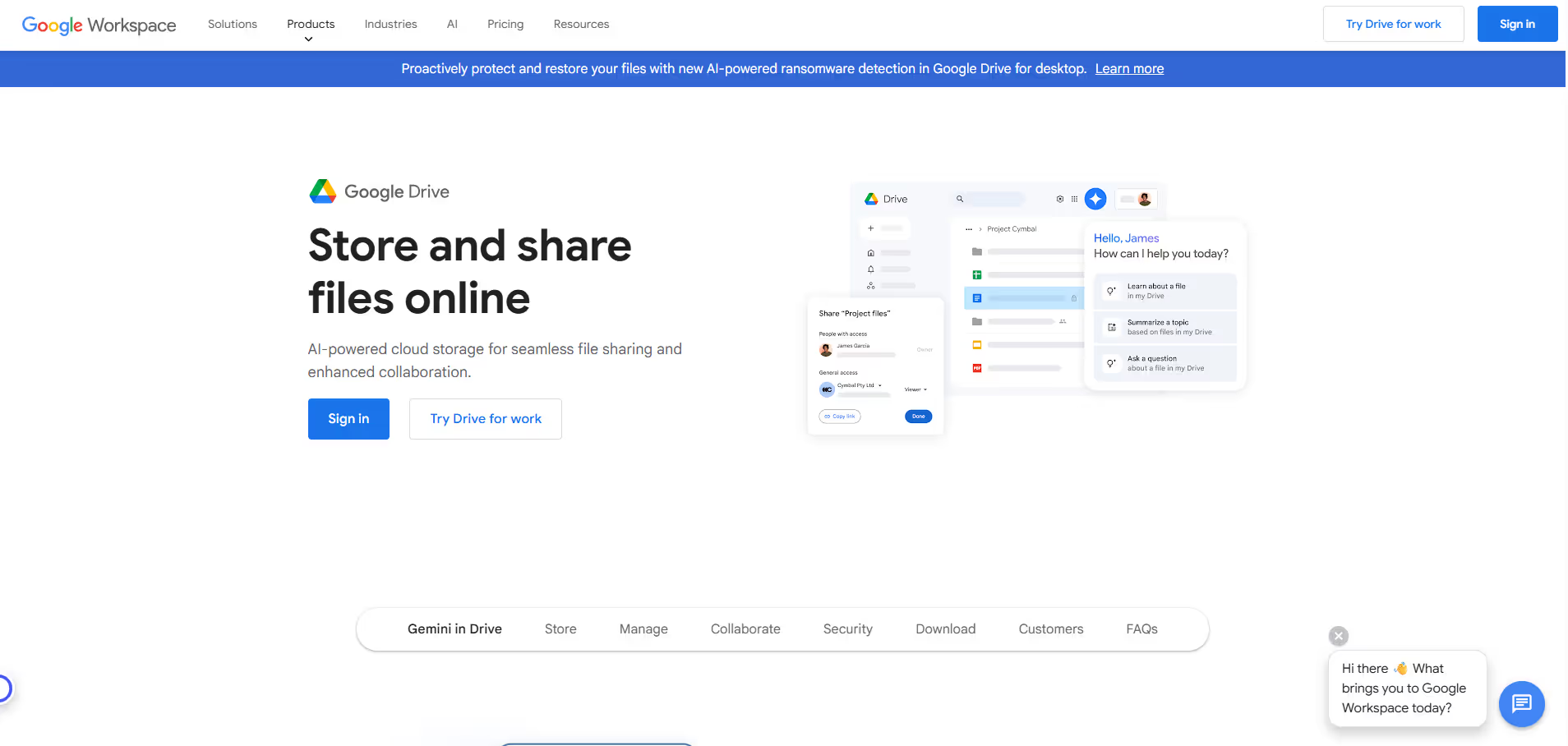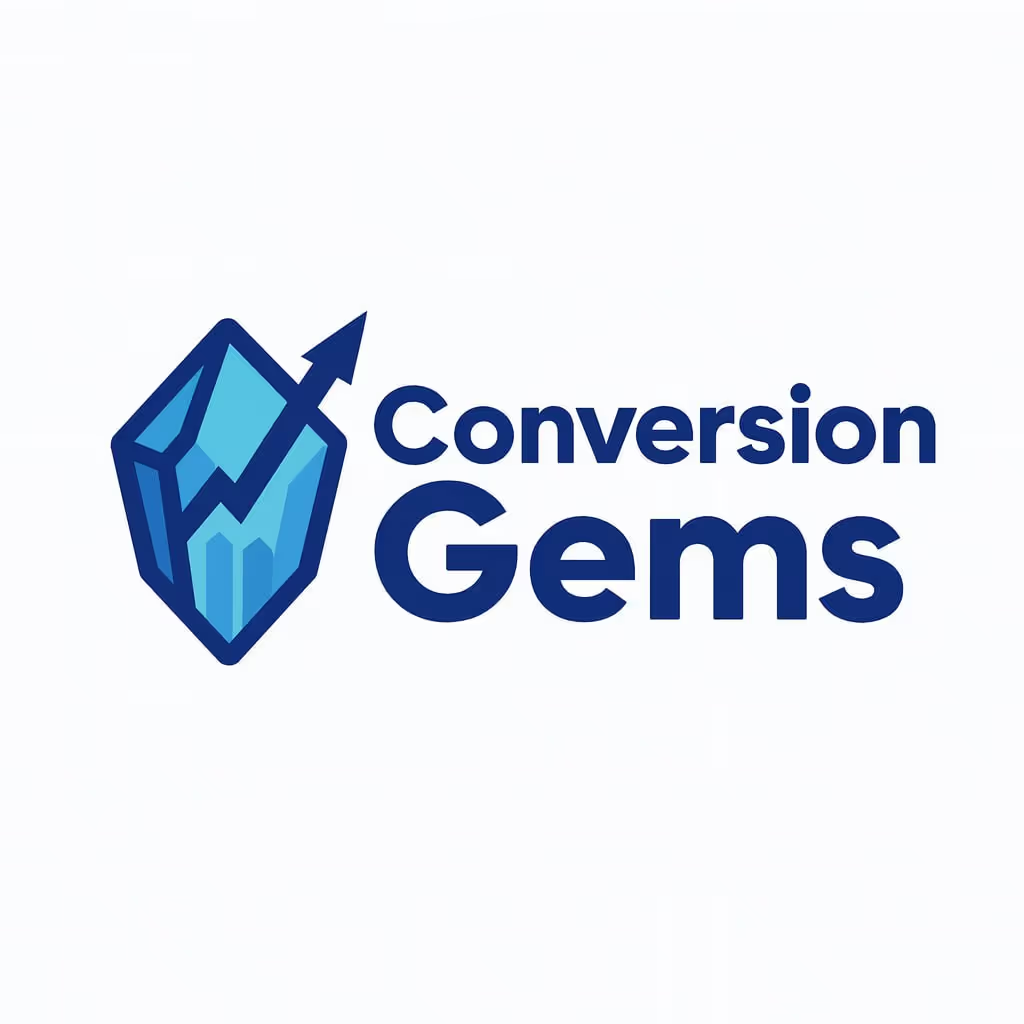Tool Insights
Home > Tools > Tool Details
Google Drive
Description
Google Drive is a robust cloud-based file storage and synchronization service provided by Google. It offers users secure online storage, file sharing, and real-time collaborative editing capabilities, integrating seamlessly with Google Workspace applications.
Google Drive provides a secure and scalable platform for individuals and teams to store, access, and manage their files from any device. It enables real-time collaboration on documents, spreadsheets, and presentations using Google Docs, Sheets, and Slides, fostering enhanced team productivity. Users can organize files into folders, leverage powerful search capabilities, and share content with granular permission controls. Its deep integration with Gmail and other Google services makes it a central hub for efficient digital workflows.
Key Applications
- File Storage: Securely store documents, photos, videos, and other digital assets in the cloud.
- File Sharing: Easily share files and folders with individuals or groups, controlling access and editing permissions.
- Team Collaboration: Co-edit documents, spreadsheets, and presentations in real-time with Google Workspace applications.
- Backup & Sync: Automatically back up important files and synchronize them across multiple devices for consistent access.
Who It’s For
Individuals needing personal cloud storage and backup, students collaborating on academic projects, small to large businesses requiring robust document management and team collaboration tools, and anyone deeply integrated into the Google ecosystem.
Pros & Cons
How It Compares
- Versus Dropbox: Google Drive offers deeper integration with a full suite of office applications (Docs, Sheets, Slides) for real-time collaboration, while Dropbox primarily focuses on advanced file sync and sharing, though it also offers integrations. Versus Microsoft OneDrive: Both provide extensive cloud storage and productivity suite integration. Google Drive is ideal for users embedded in the Google ecosystem, whereas OneDrive is the natural choice for those heavily utilizing Microsoft Office and Windows.
- Versus iCloud Drive: Google Drive provides broader cross-platform compatibility (Windows, Android, iOS, macOS, web) and a more generous free storage tier, whereas iCloud Drive is primarily optimized for users within the Apple ecosystem.
Bullet Point Features
- 15 GB free storage (shared across Drive, Gmail, and Google Photos)
- Real-time collaboration with Google Docs, Sheets, and Slides Cross-platform access (web, desktop, iOS, Android)
- Advanced search functionality for locating files quickly
- File version history and recovery capabilities
- Offline access to selected files and folders
- Secure sharing with customizable permission settings Integration with thousands of third-party applications
Disclosure
All product names, logos and brands are property of their respective owners. Use is for educational and informational purposes only and does not imply endorsement. Links are to third-party sites not affiliated with Barndoor AI. Please see our Terms & Conditions for additional information.



.avif)




